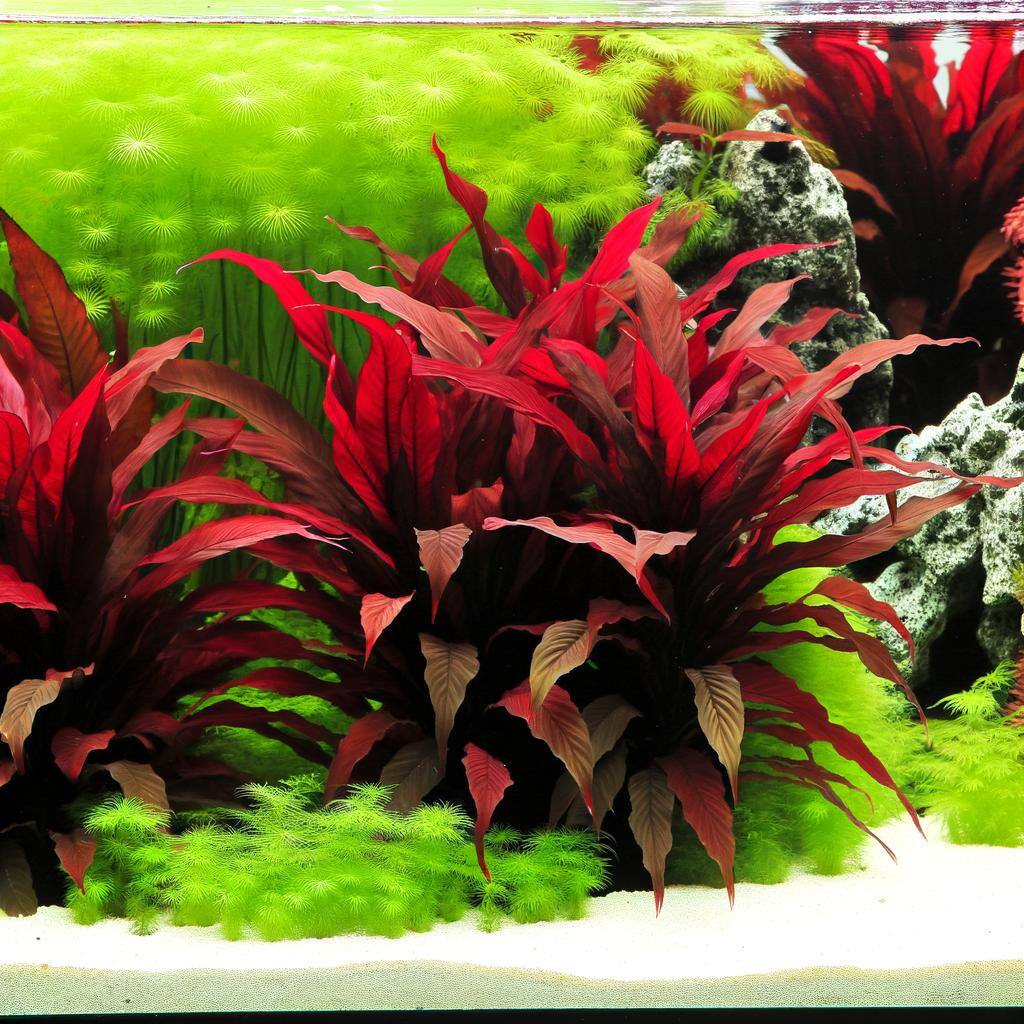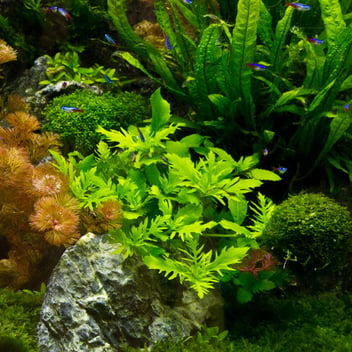
Betta fish, known for their vibrant colors and flowing fins, thrive in environments that mimic their natural habitat. One of the best ways to achieve this is by incorporating floating plants into your aquarium. These plants not only beautify your tank but also offer numerous benefits to your betta.
Why Choose Floating Plants?
Floating plants are ideal for bettas because they provide surface cover, which these fish love. In the wild, bettas often live in shallow waters with plenty of vegetation. Floating plants recreate this environment, making your betta feel more secure and less stressed. Additionally, they help improve water quality by absorbing excess nutrients and providing shade, which can reduce algae growth.
Top Floating Plants for Betta Tanks
-
Duckweed
- Duckweed is a small, rapidly growing plant that floats on the water surface. It provides excellent coverage and can help maintain water quality by absorbing nitrates. However, it can spread quickly, so regular maintenance is required.
-
Amazon Frogbit
- This plant has larger leaves compared to duckweed and grows slower. Amazon Frogbit creates a nice canopy on the water surface, giving your betta plenty of places to hide and rest. Its long roots also add a beautiful aesthetic to your aquarium.
-
Water Lettuce
- Water Lettuce has rosette-shaped leaves that float on the water's surface. It provides good shade and cover for your betta. Be mindful of its rapid growth rate and ensure it doesn’t block too much light from reaching other plants in your tank.
-
Salvinia
- Salvinia is another great option for betta tanks. It has small, hairy leaves that float and create a soft cover. This plant is easy to care for and helps keep the water clean by absorbing excess nutrients.
Benefits of Floating Plants
-
Natural Behavior Encouragement: Floating plants encourage natural behaviors in bettas, such as bubble nesting. Male bettas use the leaves as anchor points for their bubble nests, a sign of a happy and healthy fish.
-
Water Quality Improvement: By absorbing excess nutrients, floating plants help maintain a balanced environment, reducing the need for frequent water changes.
-
Algae Control: The shade provided by floating plants can help control algae growth by limiting the amount of light that reaches the water.
-
Aesthetic Appeal: Floating plants add a natural and serene look to your aquarium, making it more visually appealing.
Tips for Maintaining Floating Plants
-
Regular Trimming: To prevent overgrowth, regularly trim your floating plants. This ensures they don’t cover the entire surface and block light from reaching other plants.
-
Balanced Lighting: While floating plants can reduce algae growth, ensure your tank still receives adequate light for the health of all plants.
-
Check Water Parameters: Floating plants can affect water parameters by absorbing nutrients. Regularly check and maintain the water quality to ensure a healthy environment for your betta.
Incorporating floating plants into your betta tank not only enhances its appearance but also creates a more comfortable and natural habitat for your fish. With a variety of options to choose from, you can easily find the perfect floating plants to suit your aquarium and keep your betta happy and healthy.




Leave a Comment